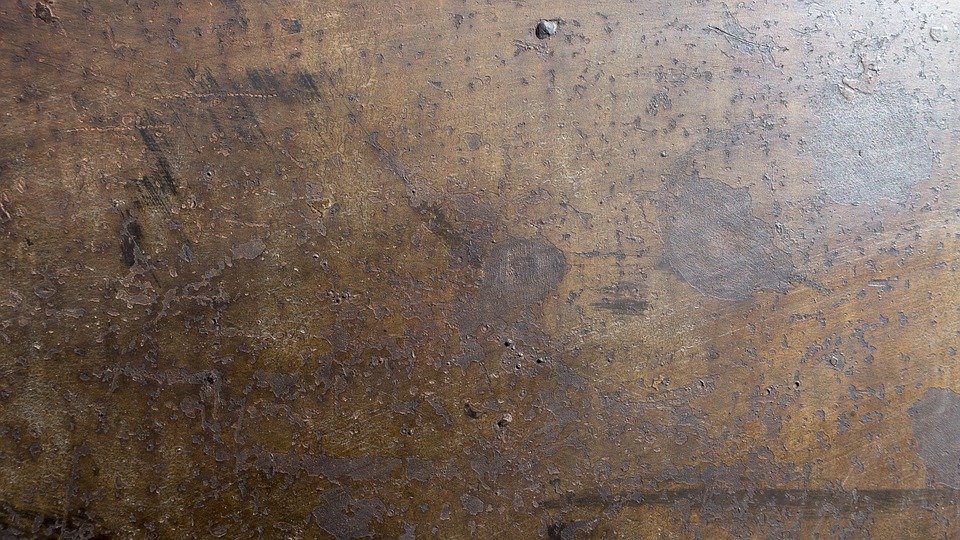
Today, there is a high need for developmental efforts as more and more people demand for more and more buildings to house them as well as to deliver resources to them. Because of this, construction companies are increasing in number everywhere. In the process of developing a certain land area, there must be clearing of the land executed, removing any plant life thriving there, altering the topography, and modifying the property to suit the building to be established there. With that in mind, it is undeniable that development of any form on land entails a harmful impact to the surroundings, be it to the land itself, to the nearby waterways, and even to the air. If you ask what aspect of development poses such a considerable adverse effect on the environment, it is the removal of vegetation which then results to the susceptibility of the area to soil erosion, especially during storms, which then causes the soil to traverse towards waterways like rivers, streams, and lake and expedites the occurrence of sedimentation. During land development, vegetation is not just cut off, their roots are extracted from the soil itself, leaving nothing to stabilize it, give cover during rainstorms, and allow for efficient water absorption. This when sediment control becomes of much use and much importance. Click so that you can find out more here.
Sediment control is simply essential to sites where development and construction is being undergone for the purpose of intercepting the travel of soil, sand, cement, and other such materials from getting into bodies of water that are in close proximity. Even the slightest hint of pollution, when it reaches bodies of water, can cause severe damage to the environment, eliminating the life in aquatic systems, causing the accumulation of silt in streams, as well as the blockage of storm water pipes.
Sediment control seeks to redirect the clean water away from the construction sites, keep erosion at a minimum by reducing site disturbance, solidify compromised surfaces, as well as avert the discharge of sediment from stockpiles.
It is indeed great news for those who are in favor of the welfare of the environment that there are many methods, both structural and non-structural, planning, management, and other techniques that can be used or undertaken for the intent of minimizing the occurrence of soil erosions as well as the prevention of excessive sedimentation brought about by ongoing construction and development activities.
Sediment control techniques are readily available and accessible for anyone who cares about the footprint they leave from the construction and development they do – this site will tell you all about sediment control in Burlington and silt sock installations in Burlington so go and find out more by clicking this link.



